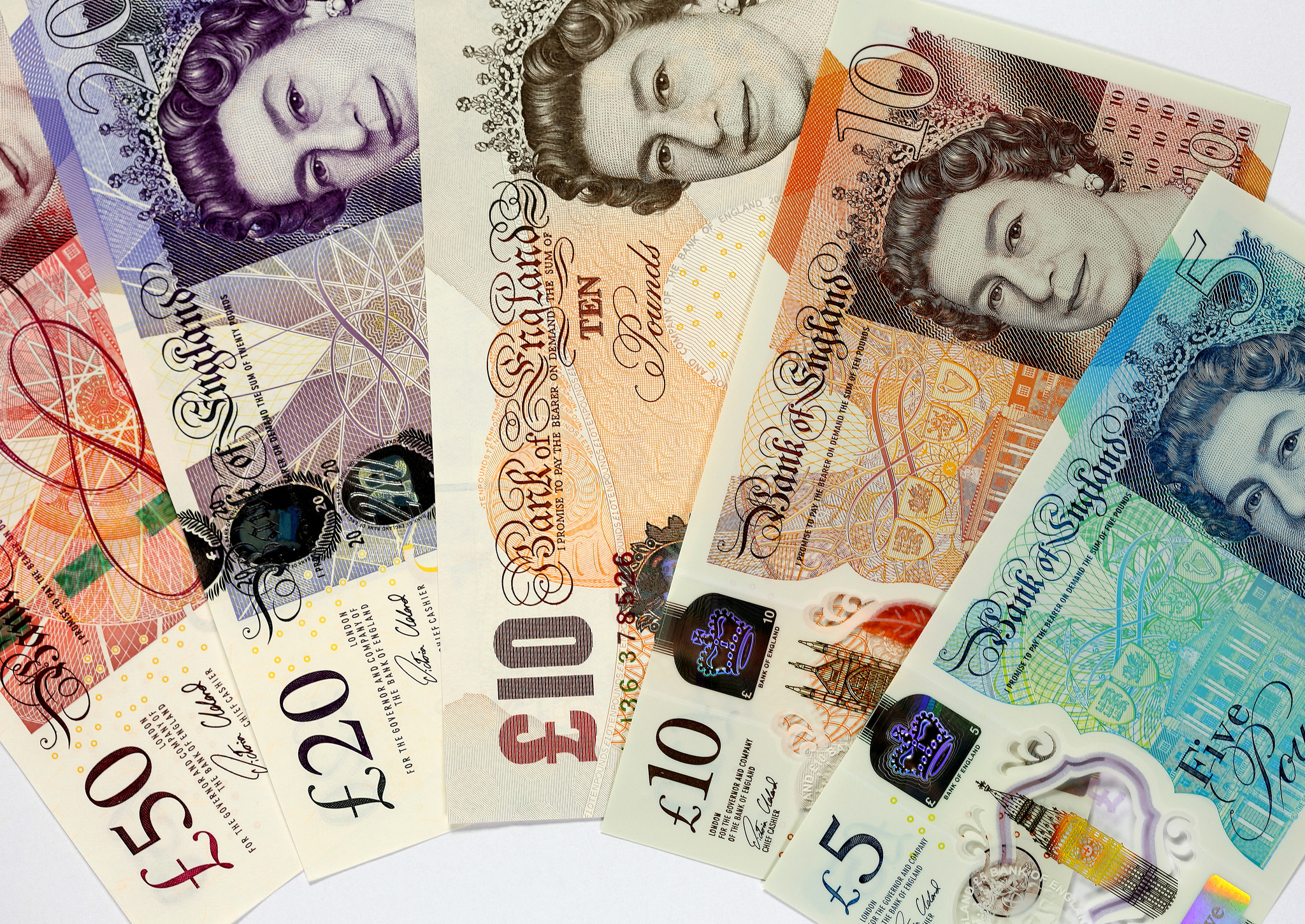After 30 September 2022, the Bank of England will be withdrawing the legal tender status of paper £20 and £50 banknotes.
After this date, only polymer notes will have legal tender status and you will no longer be able to use Bank of England paper notes in shops or to pay businesses. So, anyone who still has paper £20 and £50 notes are encouraged to use or deposit them at their bank or a Post Office before this date.
After 30th September 2022 – many UK banks will accept withdrawn notes as deposits from customers, and some Post Offices may also accept withdrawn notes as a deposit into any bank account you can access with them. Also, the Bank of England will always exchange any withdrawn notes (including paper notes withdrawn in the past).
A year has passed since the Bank of England issued the polymer £50 to complete the family of polymer notes, with all denominations (£5, £10, £20, and £50) now printed on polymer.
While most paper £20 and £50 banknotes in circulation have been replaced with new polymer versions, there are still over £6 billion worth of paper £20 featuring the economist Adam Smith, and over £8 billion worth of paper £50 banknotes featuring the engineers Boulton and Watt, in circulation. That is more than 300 million individual £20 banknotes, and 160 million paper £50 banknotes.
Speaking ahead of the date, the Bank of England’s Chief Cashier Sarah John said “Changing our banknotes from paper to polymer over recent years has been an important development because it makes them more difficult to counterfeit, and means they are more durable. The majority of paper banknotes have now been taken out of circulation, but a significant number remain in the economy, so we’re asking you to check if you have any at home. For the next 100 days, these can still be used or deposited at your bank in the normal way.”
For more information read here.

